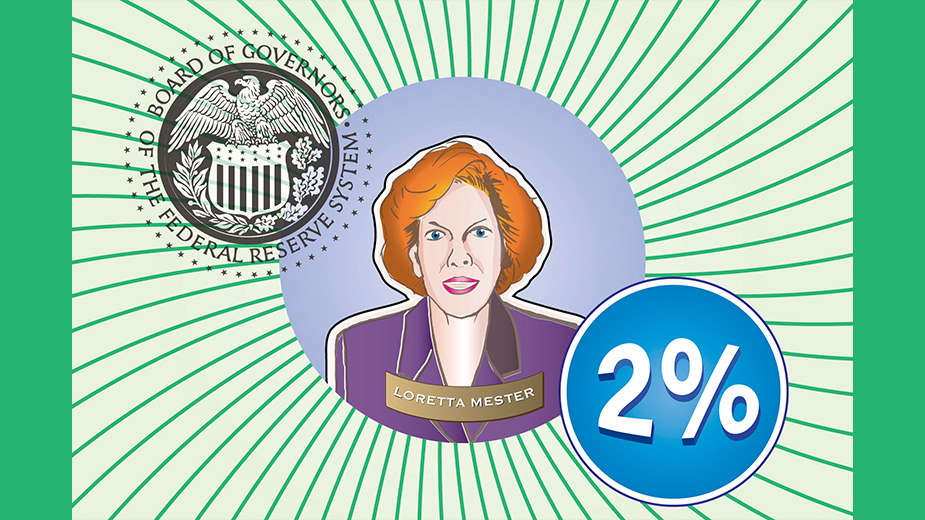Ohio Flags 20% of New Unemployment Claims as Possibly Fraudulent
YOUNGSTOWN, Ohio – There were 147,002 new unemployment claims filed in Ohio last week, at least 33,000 of which have been flagged for potential fraud, according to the Department of Job and Family Services.
That figure is up from the 140,444 received the week ended Feb. 6. The agency marked “a majority” of those filings as fraudulent.
Those who believe their identity has been used to file fraudulent unemployment claims can call 833 658 0394 or use the “Report Identity Theft” button at Unemployment.Ohio.gov.
For the week ended Feb. 13, the department also received 307,923 continued claims, down from 360,638 the week before.
Over the past 48 weeks, the Ohio Department of Job and Family Services has disbursed $8.4 billion in unemployment compensation to 931,000 people and $8.7 billion in pandemic unemployment assistance, provided to those such as business owners or freelancers who don’t qualify for traditional unemployment, to 852,000 people.
READ MORE: “You have to respond. You have to acknowledge it and make it known that it’s fraudulent.”
In Pennsylvania, the state’s Department of Labor reports 31,730 new claims were filed the week ended Feb. 6, up just over 1,000 from the week before.
Since the pandemic began affecting the state, there have been 2,735,171 claims filed in the state. Unemployment compensation disbursed totals $7 billion, along with $7.7 billion in pandemic unemployment assistance.
Nationwide, 861,000 people filed for unemployment last week, up about 13,000 from the previous week.

The job market has stalled, with employers having added a mere 49,000 jobs in January after cutting workers in December. Nearly 10 million jobs remain lost to the pandemic. Though the unemployment rate fell last month from 6.7%, to 6.3%, it did so in part because some people stopped looking for jobs. People who aren’t actively seeking work aren’t counted as unemployed.
Fraudulent claims may be elevating the totals. Last week, Ohio reported a huge increase in applications and said it had set aside about half the increase for additional review out of concern over fraud.
Thursday’s report showed that a total of 18.3 million people were receiving unemployment aid as of Jan. 30, down from 19.7 million the previous week. About three-quarters of those recipients are receiving checks from federal programs, including two extended benefit programs that provide jobless aid beyond the 26 weeks given by most states. That trend suggests that a sizable proportion of the unemployed have been out of work for more than six months, reflecting a bleak job market for many.
Two federal unemployment aid programs — one that provides up to an extra 24 weeks of support and another that covers self-employed and gig workers — were extended until March 14 by a $900 billion rescue package that was enacted late last year.
President Joe Biden is proposing to extend both programs through August as part of his $1.9 trillion package now before Congress. The legislation would also provide an additional $400 a week in federal jobless aid, on top of state benefits. That money would replace a $300-a-week benefit that was included in the relief package approved last year.
Some industry data suggests that hiring remains weak. UKG, a company that provides time management software, estimates that among its mostly small-business clients, the number of shifts worked nationally has risen just 0.2% in the past month. That tepid increase signals that hiring has been sluggish so far this month.
Still, the economy has shown signs of picking up as states and cities have eased some business restrictions and the most recent round of $600 stimulus checks have made their way through the economy. Sales at retail stores and restaurants soared in January, jumping 5.3% from December, the government said Wednesday.
Furniture and electronic and appliance stores recorded some of the strongest increases, likely a result of last year’s healthy gain in home sales.
Factory output also rose last month, the Federal Reserve said Wednesday, its fourth straight increase, led by greater production of steel and other metals.
The Associated Press contributed to this story.
Copyright 2024 The Business Journal, Youngstown, Ohio.



